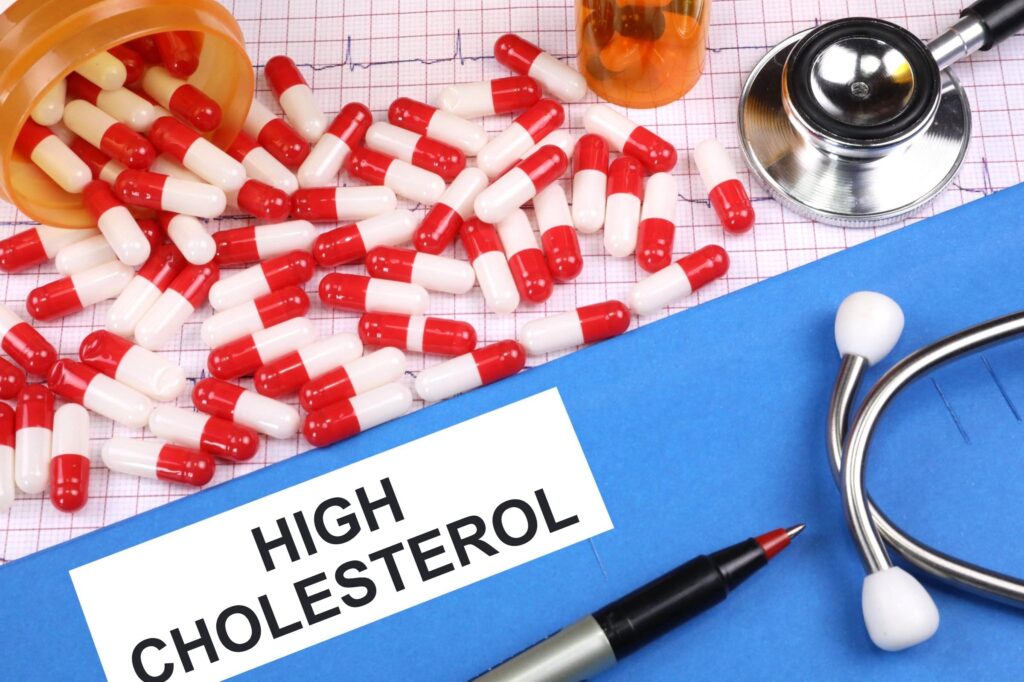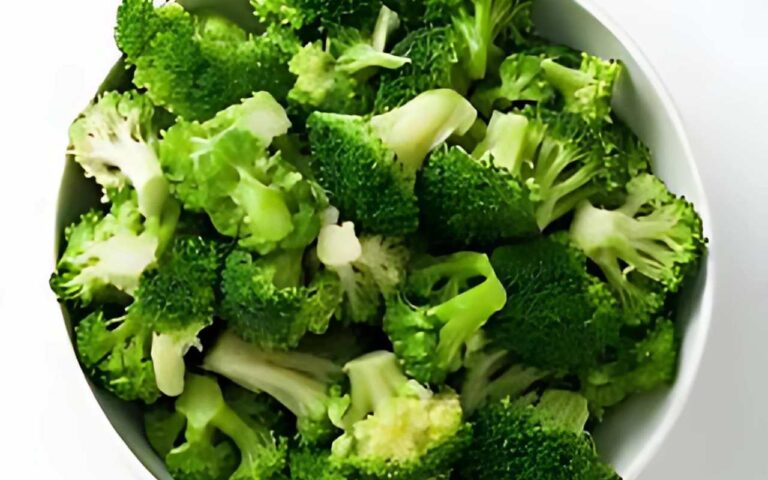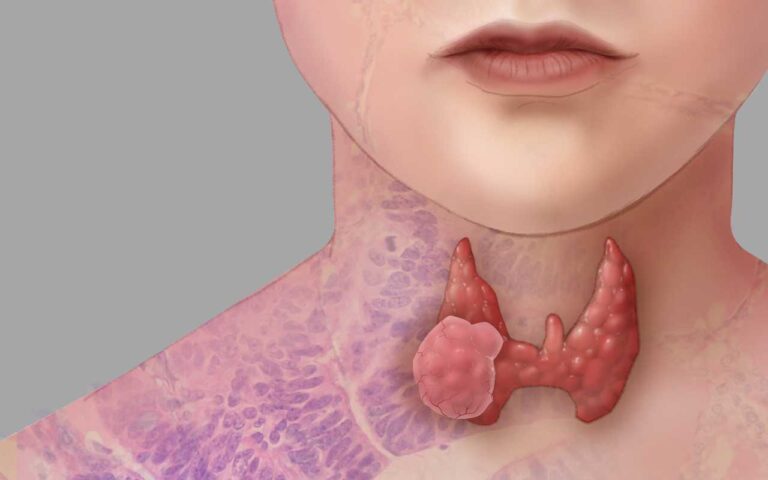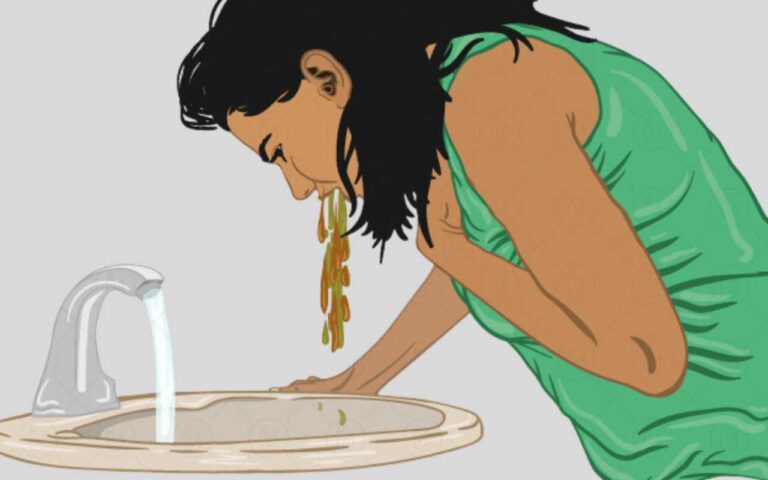High Cholesterol: Causes, Symptoms, and Understanding the Risks
High Cholesterol : Cholesterol is a waxy, fat-like substance found in every cell of the body. While it is essential for the production of hormones, vitamin D, and substances that help digest food, having too much cholesterol in the blood can be dangerous. High cholesterol, or hypercholesterolemia, is a significant risk factor for cardiovascular diseases, including heart attack and stroke. This article delves into the causes, symptoms, and the implications of high cholesterol, providing a comprehensive understanding of the condition.
Understanding Cholesterol
Cholesterol travels through the bloodstream in small packages called lipoproteins, which are composed of fat (lipid) on the inside and protein on the outside. There are two primary types of lipoproteins:
- Low-Density Lipoprotein (LDL): Often referred to as “bad” cholesterol, LDL is responsible for transporting cholesterol to cells. When there is an excess of LDL cholesterol, it can accumulate on the walls of arteries, leading to plaque formation, a condition known as atherosclerosis. This narrows and hardens the arteries, restricting blood flow and increasing the risk of heart disease and stroke.
- High-Density Lipoprotein (HDL): Known as “good” cholesterol, HDL helps transport cholesterol away from the arteries and back to the liver, where it is processed and excreted from the body. Higher levels of HDL cholesterol are associated with a lower risk of cardiovascular diseases.
Causes of High Cholesterol
High cholesterol can result from a combination of lifestyle factors and genetic predisposition. Understanding the causes can help in managing and preventing this condition.
1. Dietary Factors
One of the most significant contributors to high cholesterol is an unhealthy diet rich in saturated fats, trans fats, and cholesterol. Foods such as red meat, full-fat dairy products, and processed foods contain high levels of these fats. Consuming them in large amounts can lead to an increase in LDL cholesterol and a decrease in HDL cholesterol.
- Saturated Fats: Found in animal products like butter, cheese, and fatty cuts of meat, saturated fats can raise LDL cholesterol levels.
- Trans Fats: These are artificial fats found in many fried and baked goods. Trans fats not only increase LDL cholesterol but also lower HDL cholesterol, making them particularly harmful.
- Cholesterol-Rich Foods: Foods like organ meats, shellfish, and egg yolks are high in cholesterol. While dietary cholesterol has less of an impact on blood cholesterol levels than saturated and trans fats, excessive intake can still contribute to high cholesterol.
2. Lack of Physical Activity
A sedentary lifestyle is a significant risk factor for high cholesterol. Regular physical activity helps boost HDL cholesterol while lowering LDL cholesterol and triglycerides. It also helps maintain a healthy weight, which is crucial for managing cholesterol levels. Lack of exercise can lead to weight gain, which is associated with higher LDL cholesterol levels and lower HDL cholesterol levels.
3. Obesity
Obesity, defined as having a body mass index (BMI) of 30 or higher, is linked to higher cholesterol levels. Excess body fat, particularly abdominal fat, is associated with increased LDL cholesterol and triglycerides and reduced HDL cholesterol. Obesity also contributes to other risk factors for heart disease, including high blood pressure and diabetes.
4. Smoking
Smoking cigarettes is harmful in many ways, including its effect on cholesterol levels. The chemicals in tobacco damage blood vessels, making them more susceptible to plaque buildup. Smoking also lowers HDL cholesterol and increases the likelihood of LDL cholesterol sticking to artery walls. Quitting smoking can improve HDL cholesterol levels and reduce the risk of heart disease.
5. Genetics
Genetics play a significant role in determining how much cholesterol your body produces and how effectively it is removed from your bloodstream. Familial hypercholesterolemia is a genetic condition that results in very high LDL cholesterol levels and early-onset heart disease. People with this condition have a higher risk of developing cardiovascular diseases at a younger age.
6. Age and Gender
Cholesterol levels tend to rise as people age. Before menopause, women generally have lower total cholesterol levels than men of the same age. However, after menopause, women’s LDL cholesterol levels often increase, and HDL cholesterol levels may decrease, making them more susceptible to heart disease.
7. Medical Conditions
Certain medical conditions can lead to high cholesterol levels. These include:
- Diabetes: High blood sugar can damage the lining of arteries, leading to increased plaque formation. Additionally, diabetes is often associated with higher levels of LDL cholesterol and lower levels of HDL cholesterol.
- Hypothyroidism: An underactive thyroid gland can lead to an increase in LDL cholesterol levels.
- Kidney Disease: Chronic kidney disease can lead to higher levels of LDL cholesterol and lower levels of HDL cholesterol.
- Liver Disease: The liver plays a crucial role in processing cholesterol. Liver diseases can disrupt this process, leading to abnormal cholesterol levels.

8. Medications
Certain medications can contribute to high cholesterol levels. For example, drugs used to treat high blood pressure, depression, and other conditions can increase LDL cholesterol and triglycerides or decrease HDL cholesterol.
Normal range of cholesterol :
Cholesterol is a fatty substance found in your blood, essential for building cells and producing hormones. However, maintaining cholesterol within the normal range is crucial for your overall health, as both low and high levels can lead to health issues.
Normal Cholesterol Ranges
Cholesterol is measured in milligrams per deciliter (mg/dL) of blood. It includes three main components: Low-Density Lipoprotein (LDL), High-Density Lipoprotein (HDL), and Total Cholesterol.
- LDL Cholesterol (“Bad” Cholesterol):
- Normal Range: Less than 100 mg/dL
- Near-Optimal: 100-129 mg/dL
- Borderline High: 130-159 mg/dL
- High: 160-189 mg/dL
- Very High: 190 mg/dL and above
- HDL Cholesterol (“Good” Cholesterol):
- Normal Range: 40-60 mg/dL
- High (which is beneficial): 60 mg/dL and above
- Low (which increases risk): Less than 40 mg/dL
- Total Cholesterol:
- Desirable: Less than 200 mg/dL
- Borderline High: 200-239 mg/dL
- High: 240 mg/dL and above
10 Benefits of Outdoor Workouts
Symptoms of High Cholesterol
High cholesterol itself does not cause symptoms, which is why it is often referred to as a “silent” condition. Many people are unaware they have high cholesterol until they undergo a blood test or experience a cardiovascular event like a heart attack or stroke. However, prolonged high cholesterol can lead to the following symptoms or signs due to the complications it causes: (symptoms for cholesterol)
1. Chest Pain (Angina)
When cholesterol builds up in the coronary arteries (the arteries supplying blood to the heart), it can reduce blood flow to the heart muscle, leading to chest pain or discomfort. This condition, known as angina, is a common symptom of coronary artery disease, which is often a result of high cholesterol.
2. Shortness of Breath
Reduced blood flow to the heart due to clogged arteries can also cause shortness of breath, especially during physical activity or exertion. This is another symptom of coronary artery disease.
3. Xanthomas
Xanthomas are fatty deposits that can develop under the skin, often appearing as yellowish nodules or plaques. They are commonly found on the eyelids, joints, hands, feet, and buttocks. Xanthomas are a physical manifestation of extremely high cholesterol levels and can indicate familial hypercholesterolemia.
4. Arcus Senilis
Arcus senilis is a gray or white ring that appears around the cornea of the eye, particularly in older adults. While it can be a normal sign of aging, in younger individuals, it may indicate high cholesterol levels.
5. Tendon Xanthomas
Similar to xanthomas, tendon xanthomas are cholesterol deposits that appear in the tendons, particularly in the Achilles tendon and tendons of the hands. These are often associated with familial hypercholesterolemia.
Risks and Complications of High Cholesterol
Unchecked high cholesterol can lead to serious health complications, primarily related to the cardiovascular system.
1. Atherosclerosis
As cholesterol builds up on the walls of arteries, it forms plaques that narrow and harden the arteries, a condition known as atherosclerosis. This can lead to reduced or blocked blood flow, increasing the risk of heart attack, stroke, and peripheral artery disease.
2. Heart Attack
If a plaque ruptures, it can cause a blood clot to form, which may block the flow of blood to the heart, resulting in a heart attack. The severity of the heart attack depends on the size of the clot and the extent of the blockage.
3. Stroke
A stroke occurs when the blood supply to part of the brain is interrupted or reduced, depriving brain tissue of oxygen and nutrients. If a blood clot blocks an artery supplying blood to the brain (ischemic stroke), or if a blood vessel in the brain bursts (hemorrhagic stroke), brain cells begin to die. High cholesterol increases the risk of both types of stroke.
4. Peripheral Artery Disease (PAD)
Peripheral artery disease occurs when plaque builds up in the arteries that supply blood to the limbs, typically the legs. PAD can cause pain, numbness, and an increased risk of infection in the affected limbs. In severe cases, PAD can lead to tissue death and require amputation.
5. Coronary Artery Disease (CAD)
High cholesterol is a major risk factor for coronary artery disease, where the arteries that supply blood to the heart become narrowed or blocked. CAD can lead to angina, heart attack, and heart failure.
Preventing and Managing High Cholesterol
Preventing and managing high cholesterol involves making lifestyle changes and, in some cases, taking medication.
1. Dietary Changes
Adopting a heart-healthy diet is crucial for managing cholesterol levels. This includes:
- Reducing intake of saturated and trans fats.
- Increasing consumption of fruits, vegetables, whole grains, and lean proteins.
- Incorporating healthy fats like those found in olive oil, avocados, and fatty fish.
2. Regular Exercise
Engaging in regular physical activity, such as walking, jogging, cycling, or swimming, can help lower LDL cholesterol and raise HDL cholesterol. Aim for at least 150 minutes of moderate-intensity aerobic activity each week.
3. Maintaining a Healthy Weight
Losing excess weight can help reduce cholesterol levels and improve overall heart health.
4. Quitting Smoking
Quitting smoking improves HDL cholesterol levels and reduces the risk of cardiovascular diseases.
5. Medication
In some cases, lifestyle changes may not be enough to lower cholesterol levels, and medication may be necessary. Statins are the most commonly prescribed drugs for lowering LDL cholesterol, but other options include bile acid sequestrants, niacin, and fibrates.
Conclusion
High cholesterol is a major risk factor for cardiovascular diseases, yet it often goes undetected due to the lack of symptoms. Understanding the causes and risks associated with high cholesterol is essential for prevention and management. Through a combination of lifestyle changes and, if necessary, medication, it is possible to control cholesterol levels and significantly reduce the risk of heart attack, stroke, and other serious health conditions. Regular check-ups and blood tests are vital for monitoring cholesterol levels and ensuring timely intervention.








One Comment